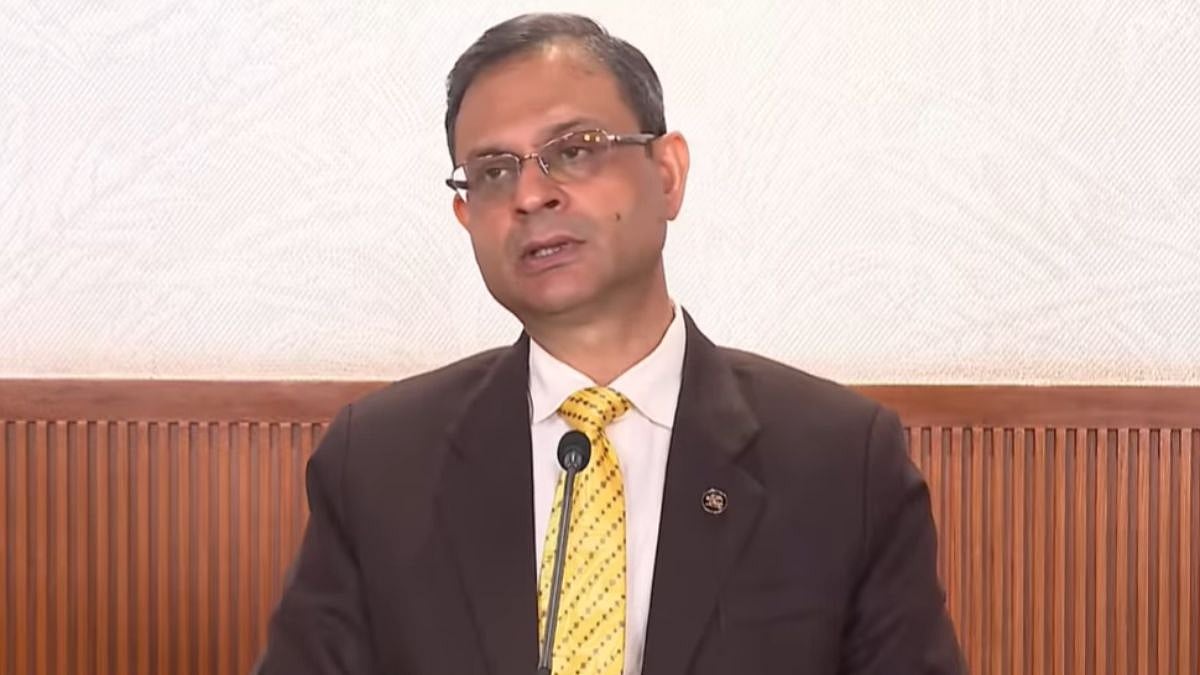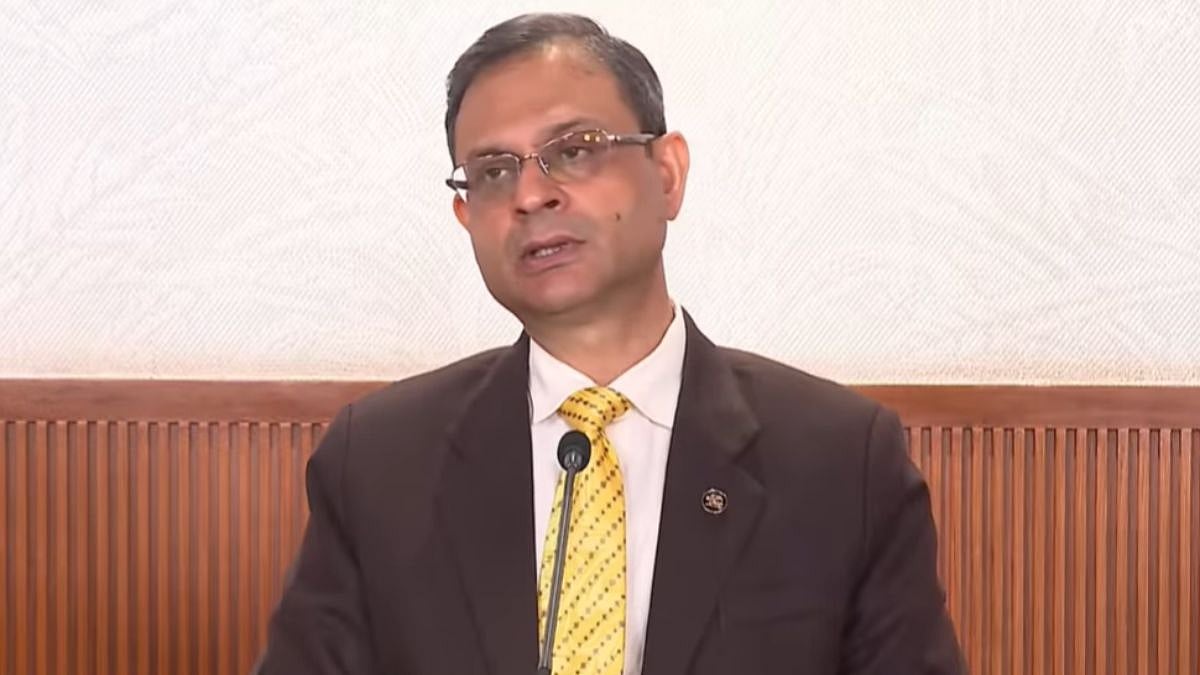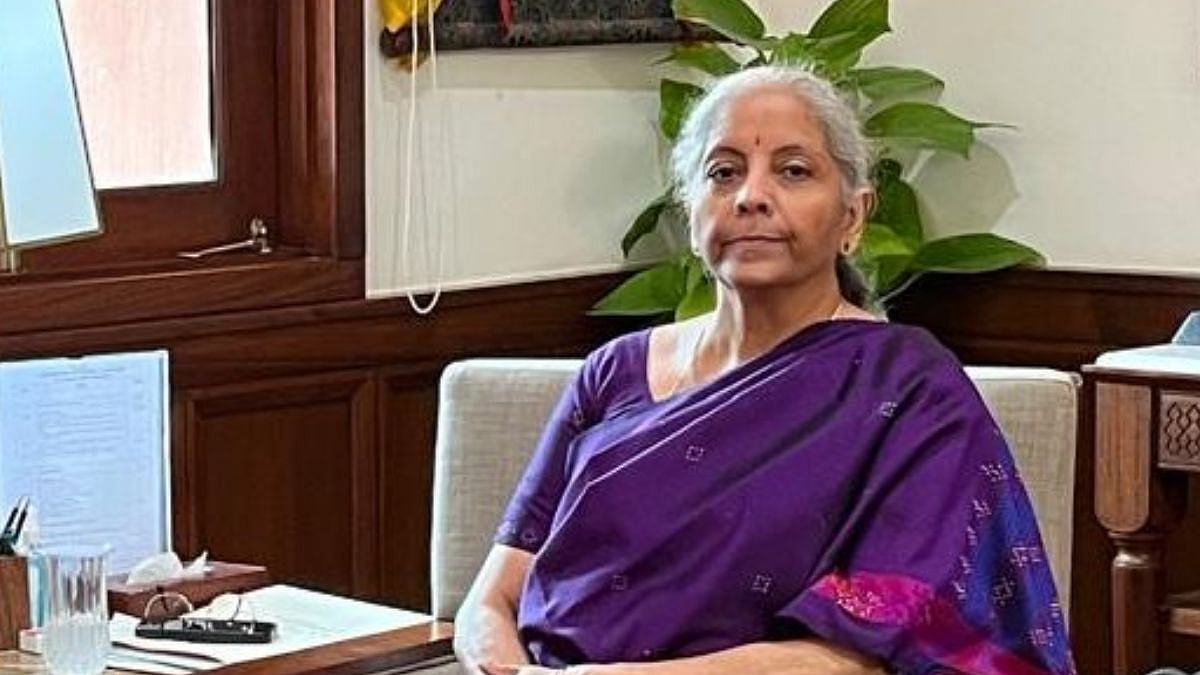Mumbai, Oct 1: Reserve Bank Governor Sanjay Malhotra on Wednesday said that falling inflation has created space for rate cut but looming uncertainties and lack of full transmission of the past monetary measures prompted the central bank to opt for status quo in the bimonthly policy.
Changed Phraseology Reflects Room for Reduction
Speaking to reporters at the customary post-policy review press conference, Malhotra said the considerable drop of over 1 percentage point in inflation and its outlook has created space for rate cut, and the same reflects in a changed phraseology in his statement.
Reasons for Status Quo
Malhotra elaborated that in June, he had used the phrase "limited space" for cuts whereas the statement on Wednesday dropped the word "limited" to say that there exists space for a reduction.
Answering a question on why the RBI did not slash interest rate, Malhotra said lack of full transmission of the previous reductions of over 100 basis points, uncertainties on the global front and the unfolding impact of the GST rationalization led the rate setting panel to opt for a status quo.
"There is still a lot of uncertainty. We see developments every week, every day and we also see responses so that is why the MPC felt that we should pause," Malhotra said.
Discussion on Policy Stance
He said that the issue of a shift in stance to "accommodative" from "neutral" was also discussed during the three-day deliberations of the monetary policy committee, with two of the six members backing for a change.
Growth Outlook and Headwinds
On the growth front, the Q1 number has positively surprised but there are headwinds in the second half of the fiscal, the Governor said, adding this is the reason for the marginal dip in the real GDP growth estimate for Q3 and Q4.
Challenges on the growth front will come primarily because of the US tariffs, the Governor said, adding that the RBI's upward revision in real GDP growth estimate to 6.8 per cent for FY26 assumes a 50 per cent impact on Indian goods.
He enlisted gems and jewellery, shrimps, textile, pharmaceuticals and footwear as the sectors which will have maximum impact of the decision. Malhotra, however, added that India is a domestic demand driven economy and the overall impact of the tariffs will be limited.
Government Measures and Trade Negotiations
He also hoped that the government will undertake all efforts to counter the headwinds, and added that negotiations with the US are still on. Apart from the US trade negotiations, parleys are also underway to have bilateral pacts with other countries which will help India, he said.
Also Watch:
Maintaining Growth and Price Stability
Malhotra said he expects growth to be resilient and hopes to maintain the trajectory on growth while maintaining price stability, which is RBI's core objective.
(Disclaimer: Except for the headline, this article has not been edited by FPJ's editorial team and is auto-generated from an agency feed.)




.webp)






